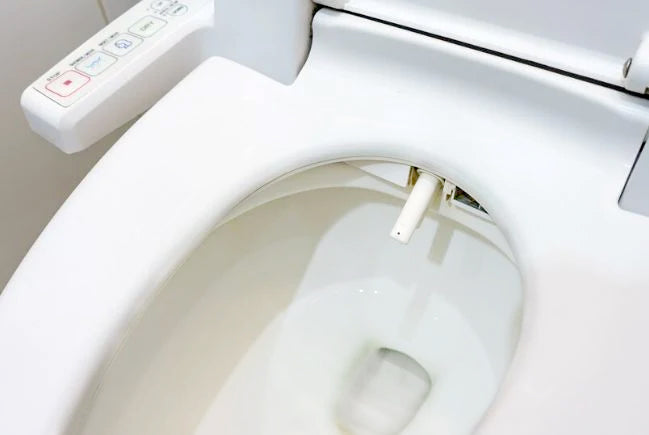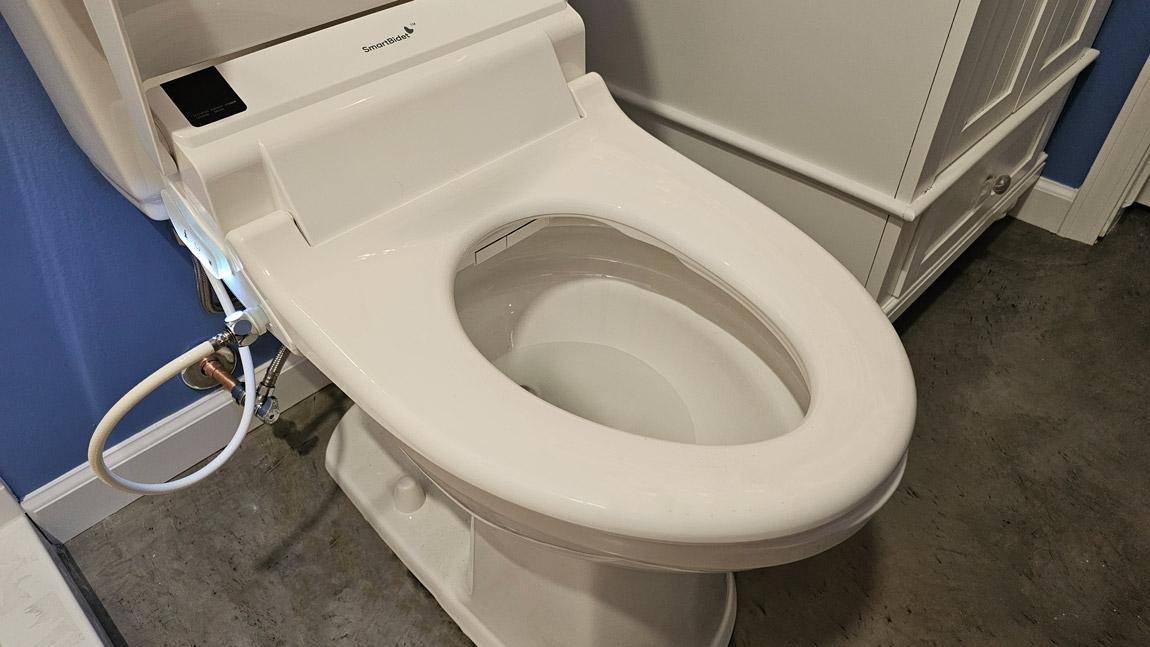Understanding the Global Popularity of Bidets
The world of personal hygiene has a fascinating tool that divides opinion globally: the bidet. While some countries see it as an essential bathroom fixture, others remain skeptical about its utility. This article delves into the countries that use bidets, exploring the cultural, historical, and practical reasons behind their popularity.

Historical Origins of Bidets
The journey of the bidet begins in France in the early 18th century. Initially, it was a luxury item used by the French aristocracy. Over time, its use spread across Europe, particularly in countries like Italy and Portugal. The word 'bidet' itself comes from the French word for 'pony,' as using a bidet was akin to riding a small horse. Today, bidets are an integral part of personal hygiene in many parts of the world.
The Bidet's European Stronghold
In Europe, countries like Italy, Spain, and Portugal are known for their widespread use of bidets. In Italy, for example, having a bidet in the bathroom is not only common but often required by building regulations. Spaniards also embrace the bidet as a standard fixture in homes, reflecting its cultural importance in maintaining cleanliness.
To learn more about the cultural stigma surrounding bidets, check out this insightful article.
Italy: A Bidet Haven
Italy leads the way in bidet usage, with nearly every home equipped with one. The Italian approach to hygiene is comprehensive, and the bidet plays a critical role in that. It's not just a fixture; it's a cultural icon of cleanliness.
Spain and Portugal: Enthusiasts of Hygiene
In Spain and Portugal, bidets are almost as common as in Italy. These countries have embraced the bidet for generations, with its presence in bathrooms symbolizing a commitment to personal hygiene.
Bidets in Asia: A Growing Trend
While Europe has long been the heartland of bidet usage, Asia is catching up quickly. Countries like Japan and South Korea have taken bidet technology to new heights, integrating advanced features like heated seats and adjustable water jets.
Japan: Innovators of the Bidet
Japan is renowned for its high-tech toilets, which often include built-in bidet functions. Here, the bidet is a symbol of technological advancement and modern convenience. The Japanese embrace of bidets highlights their commitment to hygiene and comfort.
Explore more about how water-saving toilets are tested in Japan and the technology behind them.
South Korea: High-Tech Hygiene
In South Korea, bidets are becoming increasingly popular, especially in urban areas. The focus on cleanliness and technology has made the bidet a desirable addition to modern bathrooms.
The Bidet's Slow Rise in North America
In contrast to Europe and Asia, North America has been slow to adopt bidets. However, there is a growing awareness and interest in the benefits they offer. More people are considering them for their eco-friendly and hygienic advantages.
For travelers interested in maintaining hygiene on the go, check out this travel bidet review.
Why Some Countries Resist Bidets
Despite their advantages, bidets are not universally embraced. In countries like the United States and the United Kingdom, cultural norms and bathroom designs have hindered their adoption. There is also a lack of awareness about the benefits of bidets, which contributes to their limited use.
The Environmental and Health Benefits of Bidets
Bidets offer several benefits that extend beyond personal hygiene. They are eco-friendly, reducing the need for toilet paper, and gentle on the skin, which can help prevent irritation and infections. As awareness of these benefits grows, more people may consider incorporating bidets into their bathrooms.
Learn about the environmental benefits of using bidets here.
Conclusion: The Future of Bidets
The global landscape of bidet usage is diverse, with some countries fully embracing their benefits while others remain hesitant. As environmental concerns and awareness of hygiene increase, the bidet may find its place in more bathrooms around the world. The future of bidets looks promising, with innovation and cultural shifts potentially leading to greater adoption.

FAQs
Why are bidets popular in some countries but not others?
Bidet popularity often depends on cultural norms, historical usage, and bathroom design standards in a given country. In places like Italy and Japan, they are deeply ingrained in the culture, whereas in the U.S., they are less common due to different historical trends and preferences.
Are bidets more hygienic than toilet paper?
Yes, bidets are generally considered more hygienic than toilet paper as they use water to clean thoroughly, reducing the risk of irritation and infections.
Can I install a bidet in my existing bathroom?
Yes, there are various types of bidets, including standalone units and attachments that can be added to existing toilets. Installation may vary based on bathroom design, but many modern bidet solutions are quite adaptable.
This article contains affiliate links. We may earn a commission at no extra cost to you.






